Lucrative roles are already posted on job sites.
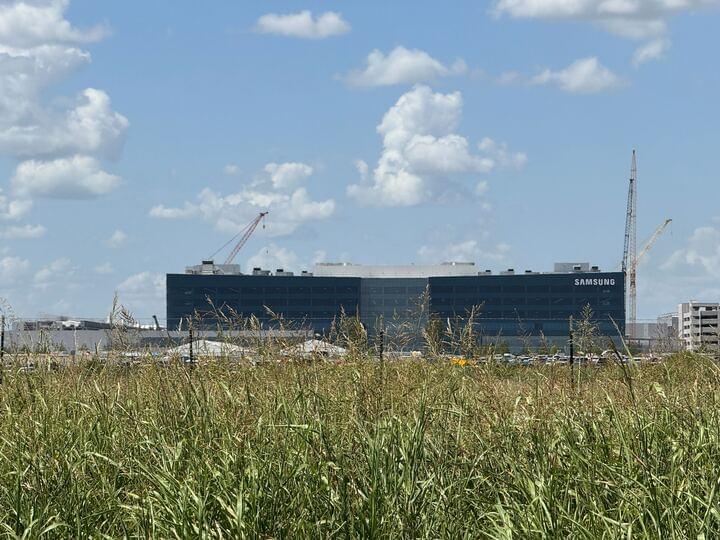

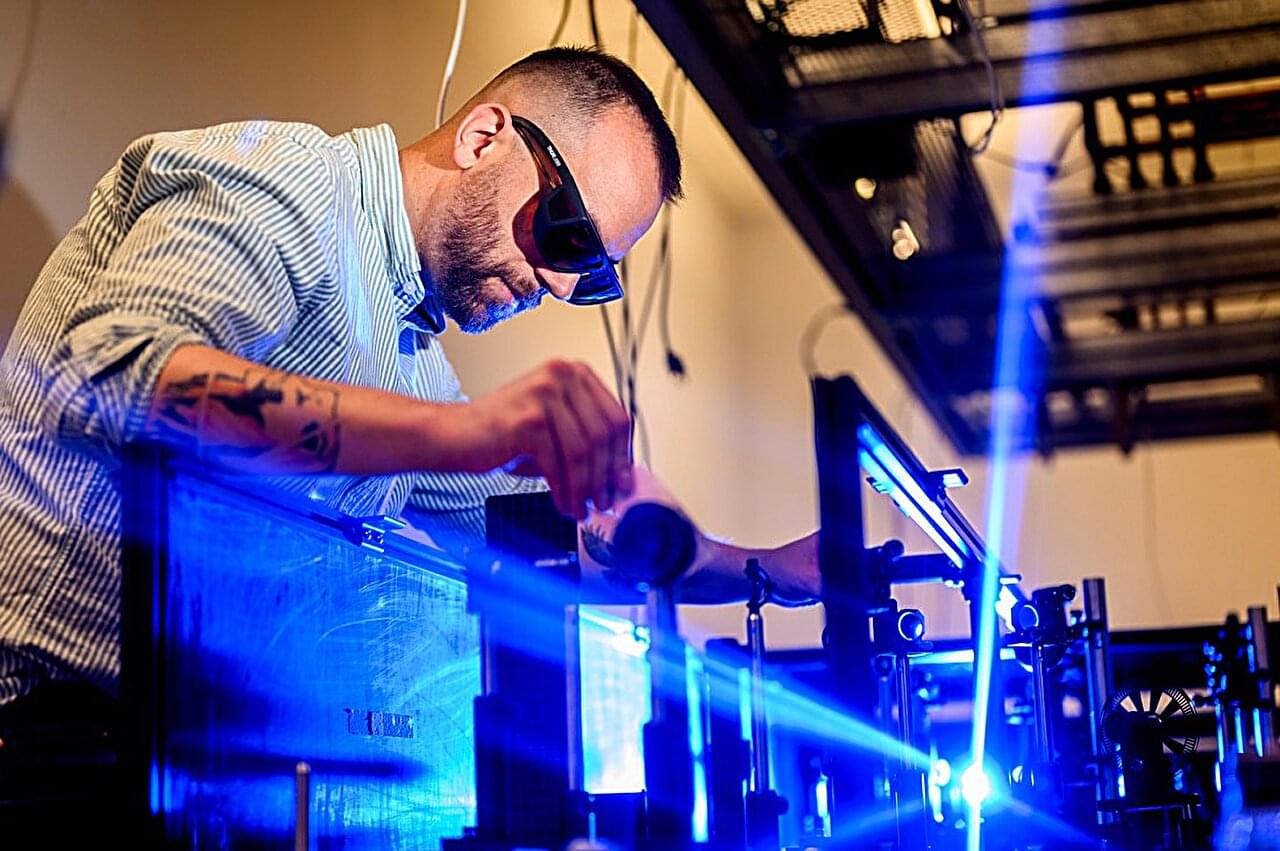
Researchers from Northeastern University in the United States have found a way to speed up electronics by a thousand times by replacement of silicon chips on quantum materials.
It is noted, that the new technology, through controlled heating and cooling, allows the quantum material to switch between the state of a conductor and an insulating material almost instantly. According to the researchers, such materials can replace silicon and lead to the emergence of electronic devices that are much faster and smaller.
«Processors currently operate in gigahertz. The speed of change that this will provide will allow you to move to terahertz», — explains the lead author of the study, professor of physics Alberto de la Torre.
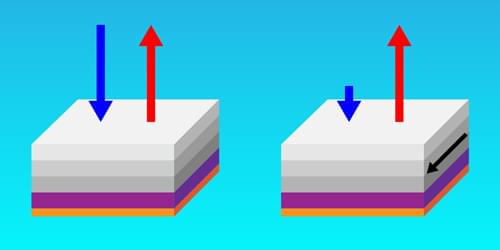
A newly designed structure exhibits the largest-recorded emissivity–absorptivity difference, a property that could prove useful in energy-harvesting and cloaking devices.
Hot objects glow. From the warmth of a stovetop to the invisible heat radiating from a building’s roof, thermal radiation flows outward. But it also flows inward in a reciprocal manner. This means that at thermal equilibrium, an object’s ability to thermally emit light in one direction, described as emissivity, is equal to its ability to absorb the same light coming in from the other direction, known as absorptivity. But what if this rule could be violated?
In a new study, Zhenong Zhang and colleagues from Pennsylvania State University demonstrate this exciting possibility [1]. The researchers apply an external magnetic field to a layered material, creating a system that breaks Lorentz reciprocity—a common symmetry that relates electromagnetic inputs and outputs. They then show that this nonreciprocal system exhibits much higher emissivity than absorptivity in the same direction. The observed difference between emissivity and absorptivity is twice that observed in previous experiments, thus setting a new benchmark in the field. These results pave the way for future technologies such as thermal diodes, radiative heat engines, and infrared camouflage.
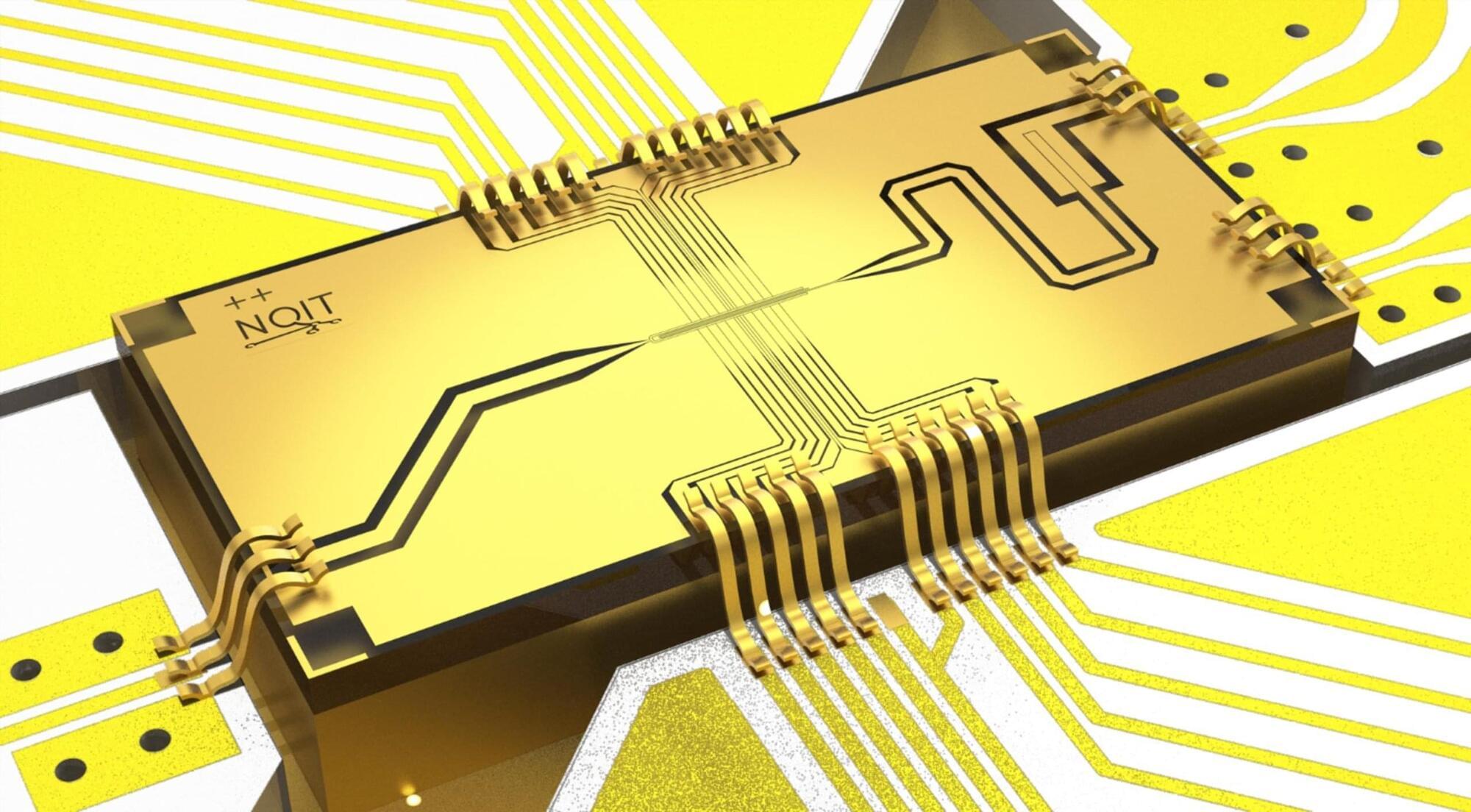
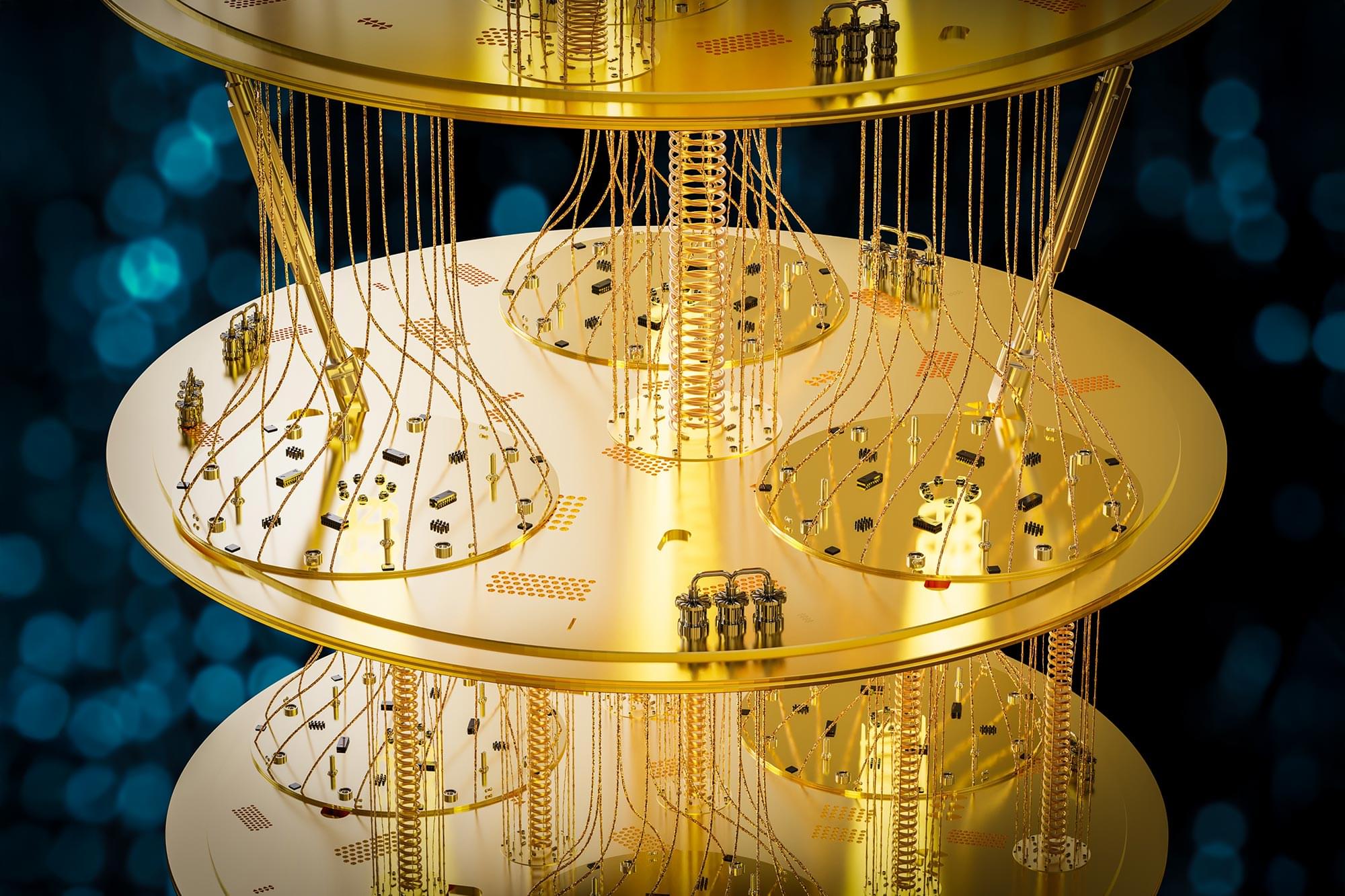

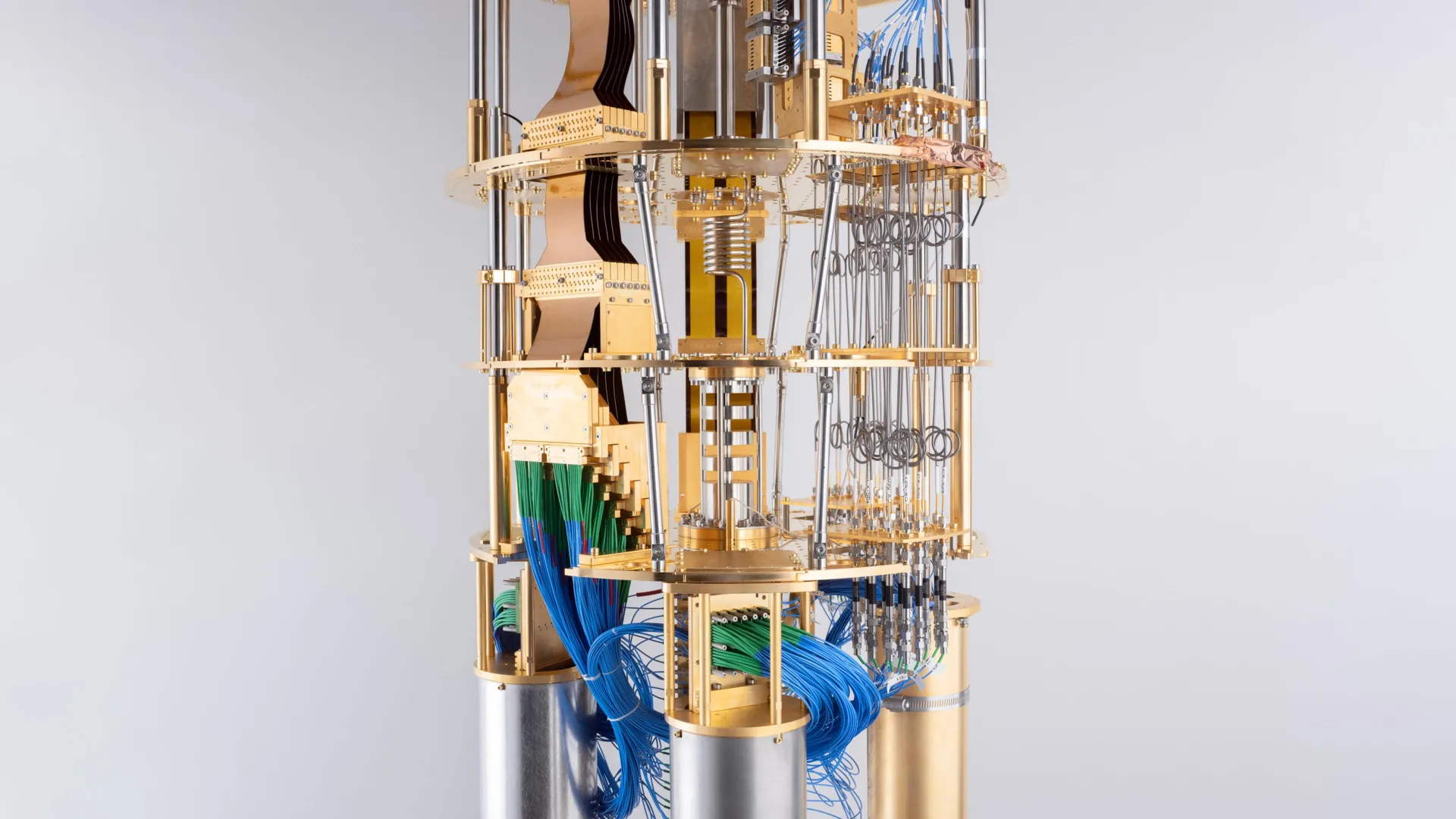
A research team has achieved the holy grail of quantum computing: an exponential speedup that’s unconditional. By using clever error correction and IBM’s powerful 127-qubit processors, they tackled a variation of Simon’s problem, showing quantum machines are now breaking free from classical limitations, for real.

Devices taking advantage of the collective quantum behavior of spin excitations in magnetic materials—known as magnons—have the potential to improve quantum computing devices. However, using magnons in quantum devices requires an in-depth understanding of their nature and limitations. A new experimental technique uses superconducting qubits to sensitively characterize magnon behavior in previously unexplored regimes.
Researchers in the Grainger College of Engineering at the University of Illinois Urbana-Champaign have reported in the journal Physical Review Applied that highly excited magnon behavior in ferromagnetic materials can be accurately characterized by coupling the material to a superconducting qubit via a microwave cavity. This setup allowed the researchers to characterize both the number of magnons and their lifetimes when thousands of excitations are present, a regime that has not been studied well.
“To be useful in quantum computing applications, limitations on magnon systems need to be understood properly,” said Sonia Rani, the study’s lead author. “The problem is that there isn’t a good theory for when certain effects become important, and if we should expect them to lead to detrimental effects.

The race to build the first useful quantum computer is on and may revolutionize the world with brand new capabilities, from medicine to freight logistics.
Tech companies all want to take the crown, with Microsoft announcing the first of its kind quantum chip in February, only days before Google’s breakthrough on quantum error correction.
As the race heats up, companies are turning to a new ultracold solution—neutral atoms—which Swinburne University of Technology has been exploring and making discoveries in for two decades.
